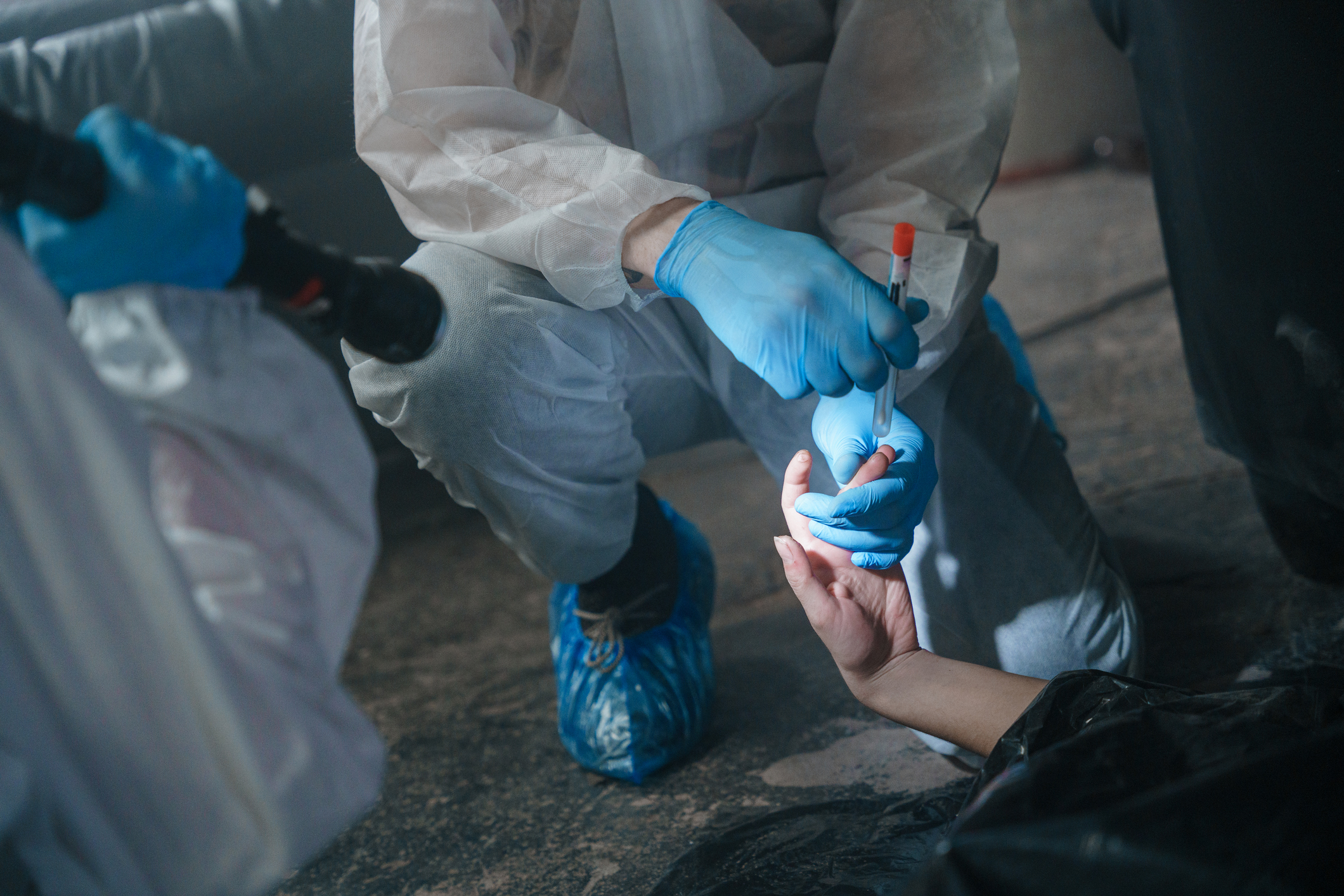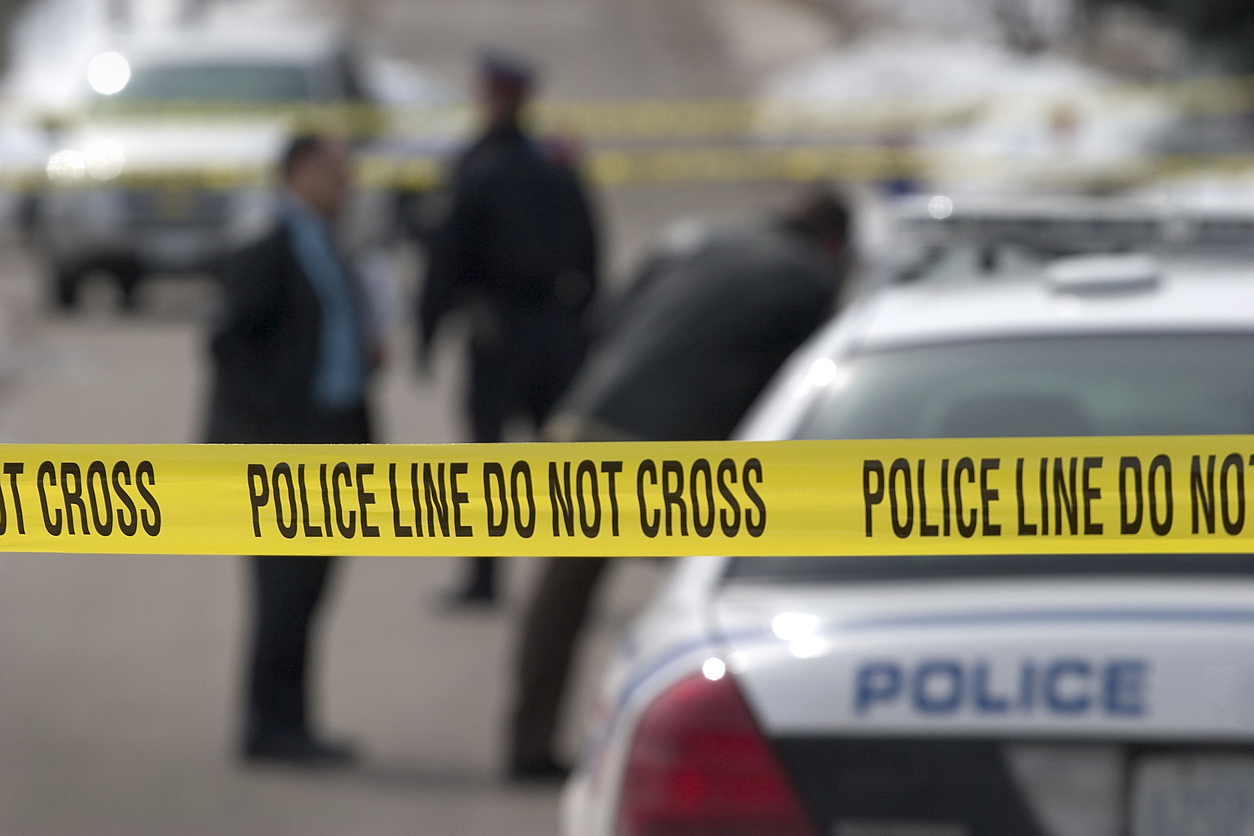The Role of DNA Evidence in Homicide and Sexual Assault Cases
DNA evidence has transformed how serious crimes like homicide and sexual assault are investigated and prosecuted. It brings objectivity to emotionally charged cases and gives voice to victims who might otherwise go unheard. DNA is part of a broader evidence picture, alongside witness statements, physical evidence, and context. It can help ensure that the right person is held accountable and the wrong person isn’t.
What Is DNA and Why Does It Matter?
Deoxyribonucleic acid, or DNA, is the genetic blueprint that makes each person unique. Nearly every cell in your body contains your DNA, and unless you’re an identical twin, no one else has the exact same sequence. This makes DNA an incredibly accurate identifier. When biological material like blood, saliva, semen, or even skin cells is left behind at a crime scene, investigators can often extract DNA and compare it to known profiles. A match can help place someone at the crime scene, confirm physical contact, or rule someone out entirely.
In cases involving physical violence or sexual contact, like homicide or sexual assault, DNA is especially relevant because there’s often a greater likelihood of bodily fluids or other biological evidence being present.
How Is DNA Used in Homicide Investigations?
In homicide investigations, DNA evidence is like a silent witness. A drop of blood under a victim’s fingernail, hair caught in a fist, or sweat on a weapon can help investigators figure out who was there and possibly what happened.
Once a DNA sample is created, it can be compared to samples from suspects or searched against databases like the Combined DNA Index System (CODIS), which contains millions of profiles from convicted offenders and arrestees nationwide.
For instance, if police find DNA on the handle of a murder weapon, and it matches someone in their database or a suspect, that becomes a strong piece of the puzzle. A DNA match doesn’t automatically mean someone is guilty, but it can be strong supporting evidence, especially when combined with other details like fingerprints, surveillance footage, or witness statements.
DNA can also help prove someone’s innocence by showing they weren’t involved in the crime. Over the past decades, many people wrongfully convicted of homicide have been exonerated after DNA tests showed they couldn’t have committed the crime. In some high-profile cases, DNA revealed the real perpetrators years later.
What Is the Impact of DNA in Sexual Assault Cases?
Sexual assault cases often involve complex questions about consent and memory. In these situations, DNA evidence can bring clarity that other types of evidence might not.
If a forensic exam, commonly known as a rape kit, is performed shortly after the incident, it can sometimes recover semen, saliva, or other materials that may contain DNA. This evidence can confirm that physical contact occurred and help identify the person responsible, especially when the victim doesn’t know the attacker. DNA evidence can’t determine whether an act was consensual. It helps establish facts about whether two people had physical contact, which can be vital in investigations and courtroom proceedings.
How Is DNA Collected and Analyzed?
DNA can be recovered from various sources, including blood, semen, hair roots, saliva, and even skin cells left behind by a touch. Collecting DNA evidence is a careful and highly detailed process. Professionals collect biological material using swabs, tape, or other tools to avoid contamination. It’s then labeled, sealed, and sent to a forensic lab. Once collected, DNA is processed in a laboratory, where technicians isolate, analyze, and create a DNA profile. This profile is like a fingerprint specific to one individual. The entire process, from collection to storage, has to be carefully conducted and controlled to ensure the evidence holds up in court.
Not every crime scene yields usable DNA. The sample might be too small, degraded, or contaminated by other materials. Multiple people’s DNA is sometimes present in the same sample, making interpretation more complicated. When it’s available and handled correctly, DNA can be a game-changer.
DNA Can Both Convict and Exonerate
One of the most powerful things about DNA evidence is its dual purpose: it can help convict the guilty and free the innocent. Organizations like the Innocence Project have used DNA testing to overturn wrongful convictions, many of which were based on eyewitness misidentification or coerced confessions. Since its founding, the Innocence Project has helped exonerate over 300 people, some of whom were on death row, because DNA evidence proved they couldn’t have committed the crimes. DNA evidence doesn’t just help solve crimes. It also serves as a safeguard against injustice.
What Are Some Limitations of DNA?
While DNA is powerful, it’s not immune to misuse or misinterpretation. Touch DNA, which refers to skin cells left behind when someone touches an object, can lead to misleading results. Secondary transfer occurs when a person’s DNA is indirectly transferred to an object or person via an intermediary. In other words, someone doesn’t have to physically be at the crime scene or handle the evidence for their DNA to end up there. This makes interpretation even more complex, especially when there’s no context to explain how the DNA got there.
DNA Can Be Misleading. Make Sure You Have the Right Defense
DNA evidence can be powerful but does not always tell the whole story. If you’re facing charges in a homicide or sexual assault case, Drehner Law will work to challenge forensic evidence and uncover the truth behind how DNA was collected, handled, and interpreted. Whether there are contamination issues, secondary transfer, or lack of context, we fight back with facts and expert analysis. Contact us today at 832-626-0063 to schedule a free consultation. Let Drehner Law help you tell your side of the story and fight for your rights.


 Call Us Now
Call Us Now









